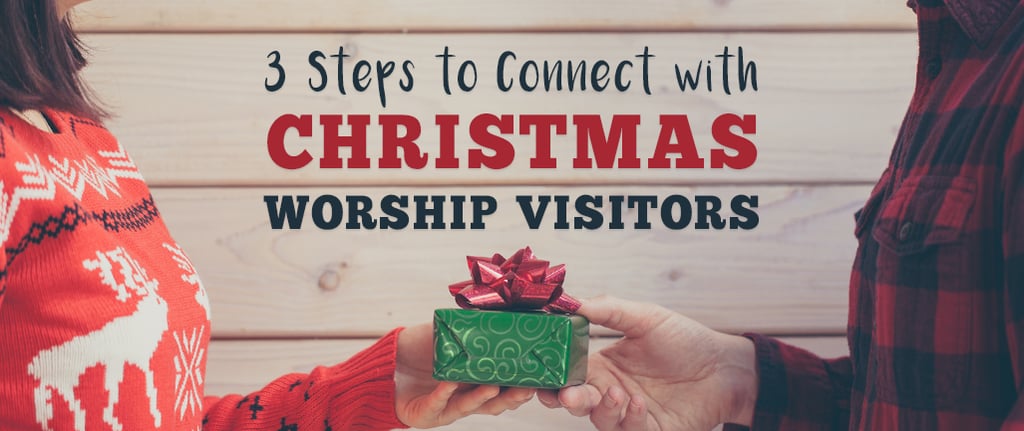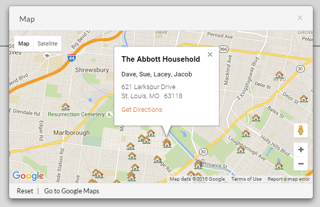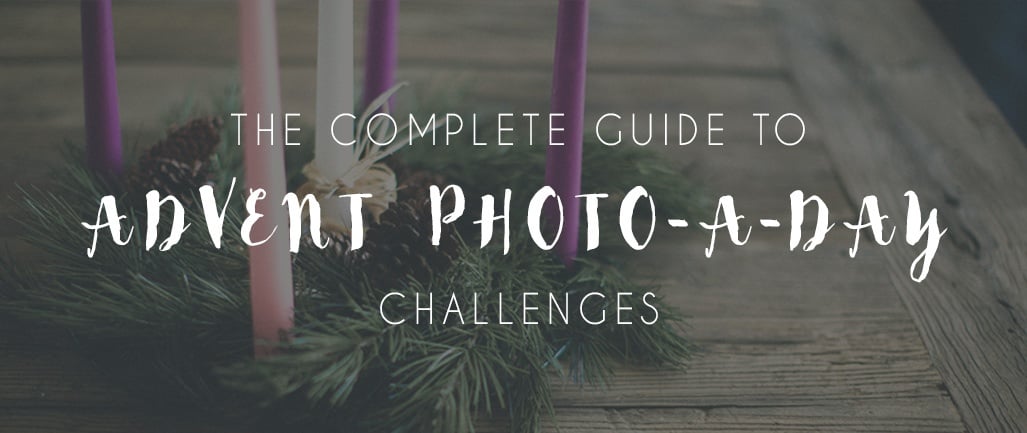
My guess is that this happens every year. Some well-meaning person comes up to you after the Christmas Eve service and says "Isn’t it exciting to see so our church so full? Wouldn't it be great if we could get them to all come back next week?"
If no one has ever said that to you, I’m sure you’ve at least had that same thought. I know I have!
Sometimes it’s really easy to get worked up about the number of people who worship at your congregation. Our culture defines success by numbers. When large numbers of visitors attend worship, we think that means we must be successful as a congregation, and our thoughts naturally turn to how we can keep them coming back.
There is nothing wrong with wanting people to come back to worship a second time after they have visited your church, but it’s important to keep it in perspective. Our concern should not be about how many visitors return for our sake, but rather how many of those visitors we can connect to the Gospel.
Of course, it’s important to make sure your visitors have a good first experience, but follow up is also crucial to getting them to come back! Here are three steps you can take to encourage Christmas visitors to become repeat visitors:
1. Identify the “Right” Visitors
This may seem obvious, but it’s actually a little more diffcult than you might think. At every major holiday worship service, your church will likely see a variety of visitors, many of whom are not actually looking for a church home.
For example, my parents live in Wisconsin, so when my family visits, we often attend a worship service with them. Whenever we sign the attendance sheet, we make sure to put “visiting from St. Louis” so they understand that our stay is only temporary and we do not have interest in joining their congregation (frankly, the commute is just too long). It’s important to identify visitors who are simply out-of-town guests of your members.
We’ll use my family in another example. Every Thanksgiving, we attend worship at my in-laws’ congregation, which is just a few minutes from our house. While I like their church very much, I have no intention of becoming a repeat visitor (at least not until next Thanksgiving) because we have a church home of our own. So if their congregation reached out to us, we would appreciate the thought, but it really wouldn’t be worth the effort for them. Some visitors are not looking for a new church home; they are just . . . well . . . visiting.
The right visitors to follow-up with are the ones searching for something. They may or may not be related to your members, but if they are local and not affiliated with a congregation, there’s a good chance they are searching for what your congregation can offer: the saving message of the Gospel.
So how do you identify the “right” visitors? Well, the first step is track them.![]()
Do you take attendance at worship services? Do you track people, not just numbers? Tracking overall attendance numbers is important because it shows the spiritual health of your congregation, but tracking individual attendance shows the spiritual health of actual people (which is much more important). Doing this can be time-consuming, but with the right software, you can become very efficient.
The next step in identifing the “right” type of visitors is to ask them. Simple, right? Regardless of how you take attendance (kiosk, cards, or sign-in book), always ask visitors why they attended today. This gives them the chance to say “I’m from out-of-town” or “we’re members of another local church,” but there are some who will say "looking for a church home."
Keep in mind, the visitors who don’t want to be contacted probably won’t put much information, and that’s just fine. Focus your efforts on those who do want to hear from you.
2. Find a Connection
Once you identify the visitors with whom you plan to follow-up, try to find a connection before actually reaching out.
Sometimes finding a connection is easier than others. If this visitor attended worship with one of your congregation members, maybe a relative or a neighbor, speak with the person with that existing connection first to get a better understanding of the visitor’s situation. That person will know if it would be better for you reach out or if they should follow-up.
 If the visitor did not attend worship with someone else, the next best thing would be to find a personal connection. Do they have kids? Maybe one of the other families in your church has a school connection with them. Did they give you a home address? Look at a map to find members of your congregation who live in the same neighborhood. Ask them if they know the visitor and would be willing to reach out to them.
If the visitor did not attend worship with someone else, the next best thing would be to find a personal connection. Do they have kids? Maybe one of the other families in your church has a school connection with them. Did they give you a home address? Look at a map to find members of your congregation who live in the same neighborhood. Ask them if they know the visitor and would be willing to reach out to them.
Finally, if those options don’t work, create a connection. Find someone in your congregation in a similar situation and ask them to reach out to the visitor. Maybe it is a family with kids the same age, or maybe it is someone who recognized the visitor from work. It could even be a person who lives near the visitor, but has never met them.
The point is this: you don’t have to be the one who makes the first connection with visitors. In many cases, you can choose someone who is even better suited.
3. Extend an (Appropriate) Invitation
Finally, make sure that your follow-up includes a special invitation for the visitor to come back to your church. But first, pick the right event!
You might assume that since this person attended a worship service, they will be most willing to attend another worship service. That very well could be the case, but, keep in mind that Christmas worship is a bit different than most worship services. For one thing, the music is very familiar to most people, since it usually comprises familiar Christmas songs that have been around for decades.
Another thing about Christmas worship? It is very easy for visitors to be anonymous. That might be why they chose Christmas as the time to attend service. For someone who is shy and doesn’t want to be singled out, Christmas worship is very appealing because they will be just one of many visitors. But other weekend worship services might be an entirely different situation, since most attendees will be regular worshippers.
Consider what other events you can invite these visitors to attend that is outside the realm of a normal worship service. Maybe a Bible study or a fellowship activity. Maybe a children’s or youth ministry event (if they have kids in the appropriate age range). Or maybe just dinner at someone’s house that allows everyone to get to know each other better.
After you choose an event, decide how to invite them. If the visitor provided an email address, then email a personal invitiation (don’t just send an automated email with an RSVP). If they gave you a phone number, call them, and if they gave you an address, stop by their front porch (be careful to be respectful of nap time for families with young children).
Most importantly, keep in mind that while any follow-up is good, a follow-up without an invitiation does not give a visitor the best chance to become engaged in your community, which in turn means they don’t have the best chance to hear the Gospel.
While each of these three steps can leverage technology to make it easier to accomplish, the important element of each step is the personal interaction of the people of your congregation with those who visit. Visitors—or really, people in general—want to communicate with people, not computers. Make sure that technology assists but does not replace your role in this process.
How have you had success connecting Christmas visitors with the Gospel? Let us know in the comments below!
Interested in learning more about the role of technology plays in a congregation and how you can best leverage it? Download our free ebook "Technology & Your Ministry."







